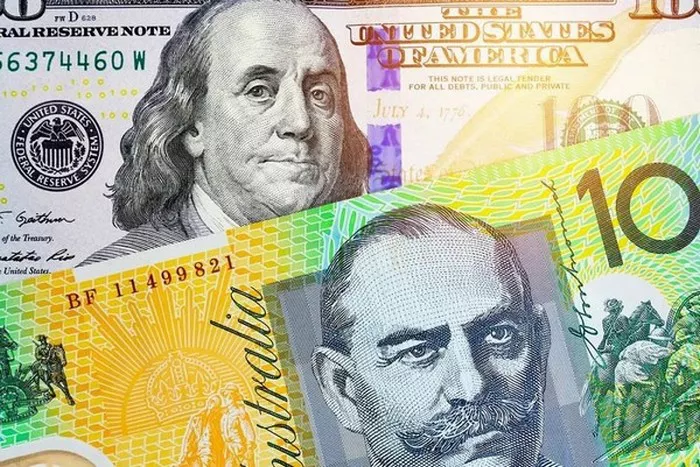AUD/JPY traded lower at 95.35 during Wednesday’s Asian session. AUD/JPY faced some follow-on selling after Japan’s top foreign exchange official, Masato Kanda, made a verbal intervention early on Wednesday.
Kanda said that the Japanese authorities will properly handle foreign exchange trends and will pay close attention to foreign exchange trends with a high sense of urgency. This could therefore weigh on AUD/JPY and act as a headwind for AUD/JPY. Market participants are awaiting the Bank of Japan’s interest rate decision on Friday to determine a clear direction for the currency pair.
The People’s Bank of China (PBoC) kept its benchmark lending rate stable on Wednesday, in line with market expectations. The one-year loan prime rate (LPR) remained unchanged at 3.45%, and the five-year loan prime rate remained unchanged at 4.20%. Meanwhile, any signals from Chinese authorities on further stimulus plans to combat the housing crisis could boost China’s proxy currency, the Australian dollar (AUD), and limit the downside for AUD/JPY.
On the 4-hour chart, AUD/JPY faces the least upside resistance as it holds above the 50-hour and 100-hour exponential moving averages (EMA). Meanwhile, the Relative Strength Index holds above 50, in bullish territory, supporting bulls for now.
On the upside, near-term resistance for AUD/JPY lies near the upper Bollinger Band level of 95.60. A break above this level would see AUD/JPY rebound to 95.78 (July 21 high) and on to the July 4 high of 96.85. The next resistance to watch is the year-to-date (YTD) high of 97.62 and finally 98.00 (psychological round number mark).
On the downside, AUD/JPY will encounter key support near the intersection of the lower Bollinger Bands and the 50-day exponential moving average at 94.90. A move below this level would see AUD/JPY falling to 94.60 (100 hourly EMA) and then to the psychological round number of 94.00.


